THE “SPITE WALL” OF CALDERVILLE (1919)
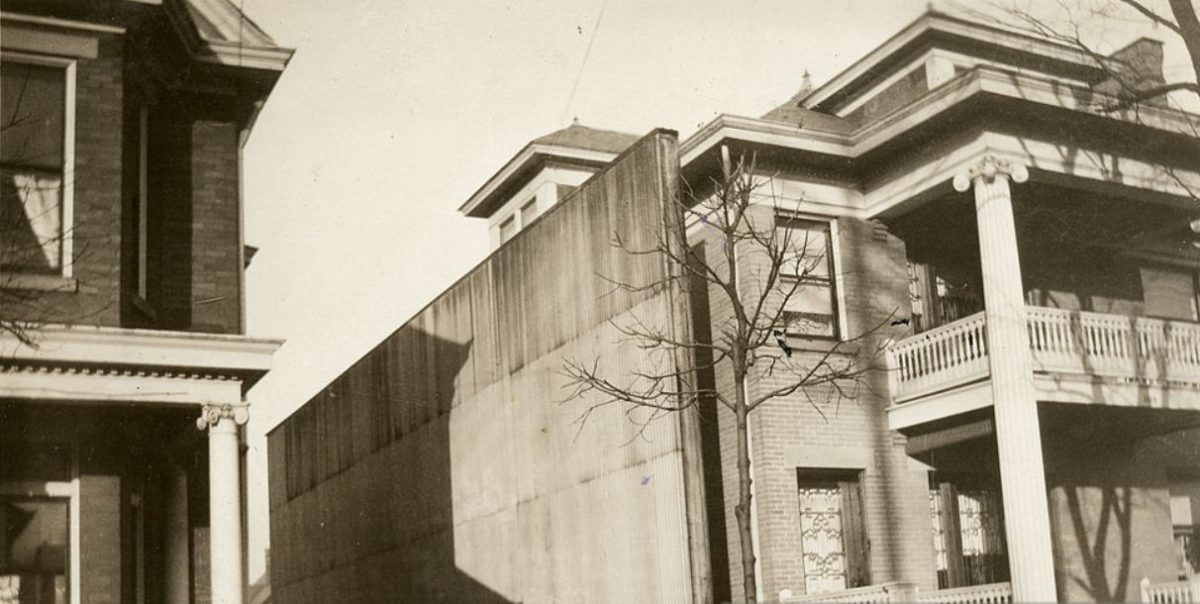
Brownstone Detectives investigates the history of our clients’ homes.
The story you are about to read was composed from research conducted in the course of one of those investigations.
Do you know the history of YOUR house?
********************************************************************************************************************************
We have all heard of the “spite house.” It is a type of building – constructed on an impossibly small piece of land – existing for a single purpose.
That purpose? Spite.
In 1919, Marcus Siegelman produced a variation on this theme.
He built a spite “wall.”
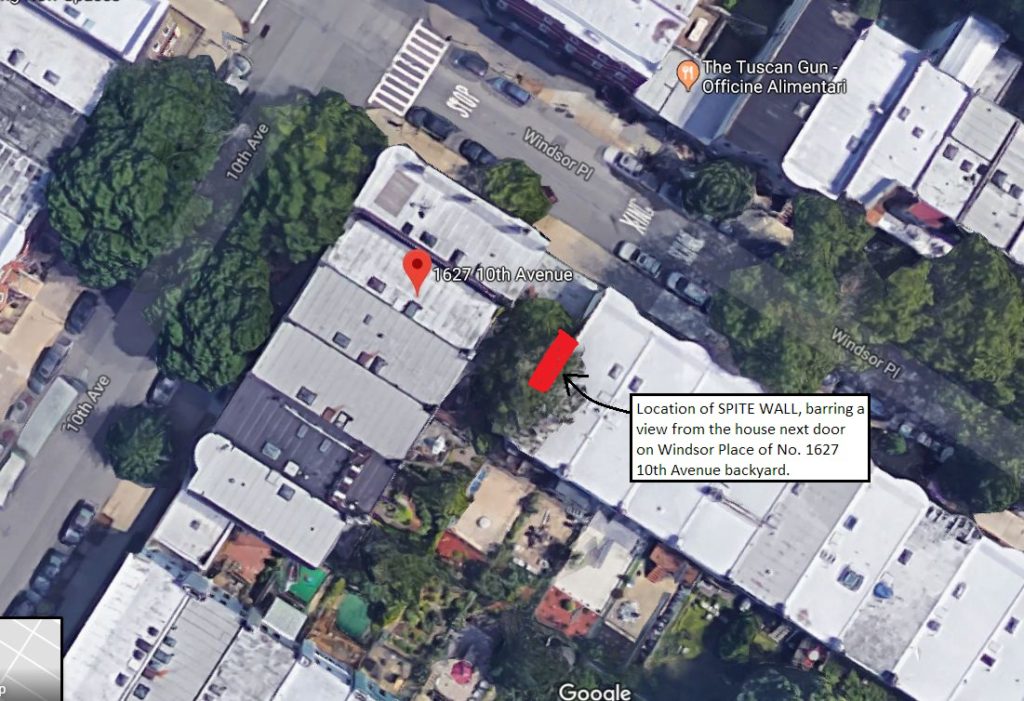
BAD WALLS MAKE BAD NEIGHBORS
Sitting in his backyard one day, Siegelman watched as two holes began to appear through the brick wall at the end of his yard. That brick wall was the side of his neighbor’s house, and those holes were about 15 feet up from ground level. Small at first, they eventually grew to the shapes of a couple of large rectangles.
Siegelman immediately had his suspicions, but he waited to see what would happen.
Slowly, after they were made perfectly squared, into the new openings were installed a couple of sash windows.
Siegelman, who lived at No. 1627 10th Avenue in what was known at the time as Calderville (but is referred to today as Windsor Terrace), was now suddenly at war with his neighbor, E. L. Morris, a former policeman who lived at No. 192 Windsor Place (the house behind his with the new windows).
For Morris now had a perfect view into Siegelman’s backyard – and his home.
THE WAR BEGINS
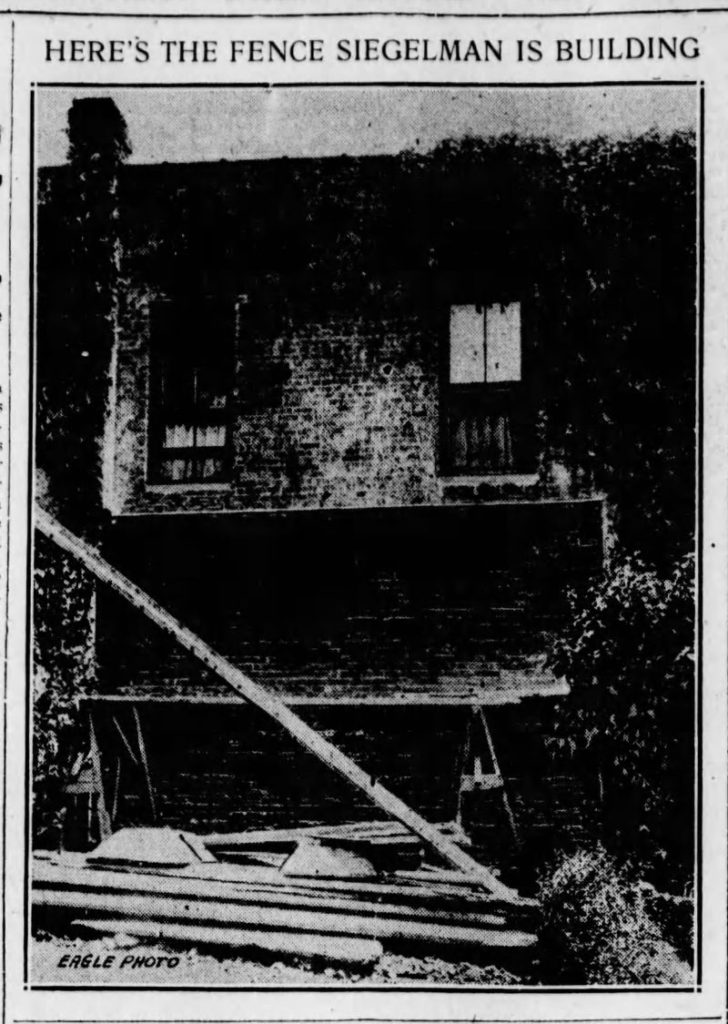
According to Morris, the whole trouble started when he decided to cut two windows in the wall of a bedroom occupied by their sons, George and Lewis. Although, these sons were “overseas at the time with the American forces,” Morris wanted to give them the windows “so that when the boys return they may not miss the fresh air to which their army life has accustomed them.”
Siegelman, no unpatriotic boor himself, agreed at first to the proposition of the windows. He wanted to be sure, though, that the work would do no damage to the flowers and shrubs of his backyard.
“We heard nothing further from Mr. Siegelman and so started the work of cutting the windows on May 2,” said Mrs. Morris. “Then a day or two later when everything was finished, we received a complaint that we had damaged his garden, when I know that only one brick and a bucket of mortar were spilled during the whole job.”
THE WALL GOES UP
Siegelman said that he didn’t build the wall “for spite nor even to protect his flowers, though these are very dear to him.” He declared that his privacy had been invaded and that his wall was a wall of defense.
“Picture it,” he said. “I tell them they can cut windows, but only little windows, because my home is only 23 feet away. Instead, they cut regular windows that look right into mine. I’m a good neighbor, but I ask it: Would anybody want neighbors looking into their windows from 23 feet away?
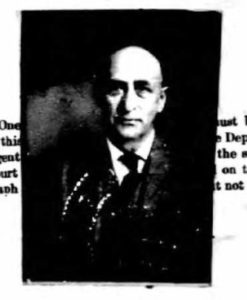
“And that isn’t all. My wife is very sick. She is paralyzed and must receive her doctor in a room which is directly in line with the windows Mr. Morris has cut. Is that right? It would make her nervous. Also, we couldn’t sit down to a meal or we couldn’t cook one, but what they could see everything we had. It would be just like having another family to dinner that wasn’t eating anything.”
Thus, Siegelman constructed his spite wall, thereby denying the Morris family the use of their own windows.
“Let them call it a spite fence! Do you think I would spend $400 for a spite? I am sorry Mr. Morris had the expense of cutting windows, but I wrote him a letter on May 29, and told him what would happen if he went ahead. He went ahead, and it’s happening, that’s all!
According to Siegelman, his last letter to Morris included the following warning: “If you have so good a friend in the Building Department who is capable of ruling over my property, then I wish to inform you I will have a fence put up, and thus keep you out of my premises.”
It is unknown how or when the situation was resolved, but a current look on Google Maps shows that the windows are no longer visible – at least not from the backyard of No. 1627 10th Avenue.
But the wall? It’s still there.
File this under “Wall, 1 – Windows, 0.”
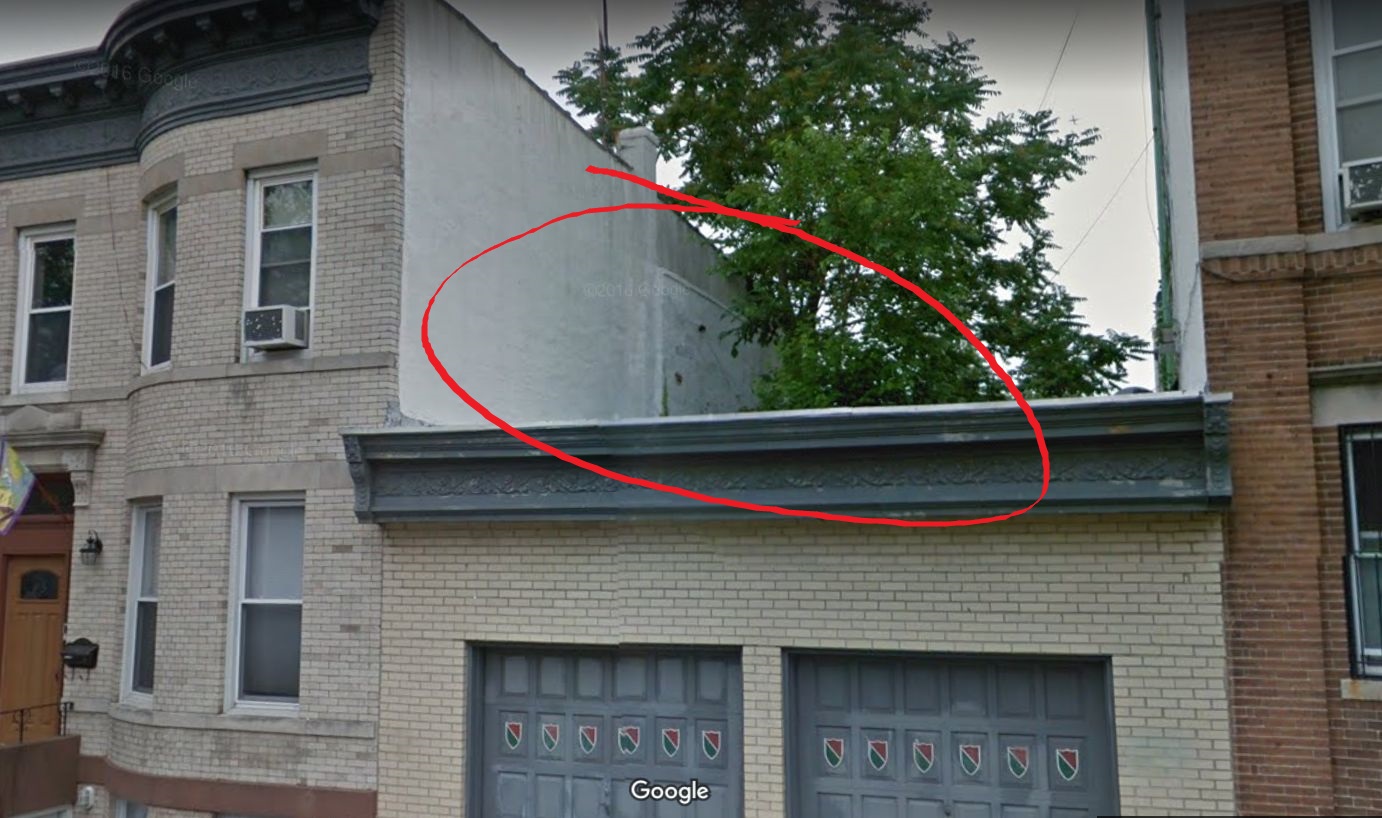
———————————————————————————————————————–
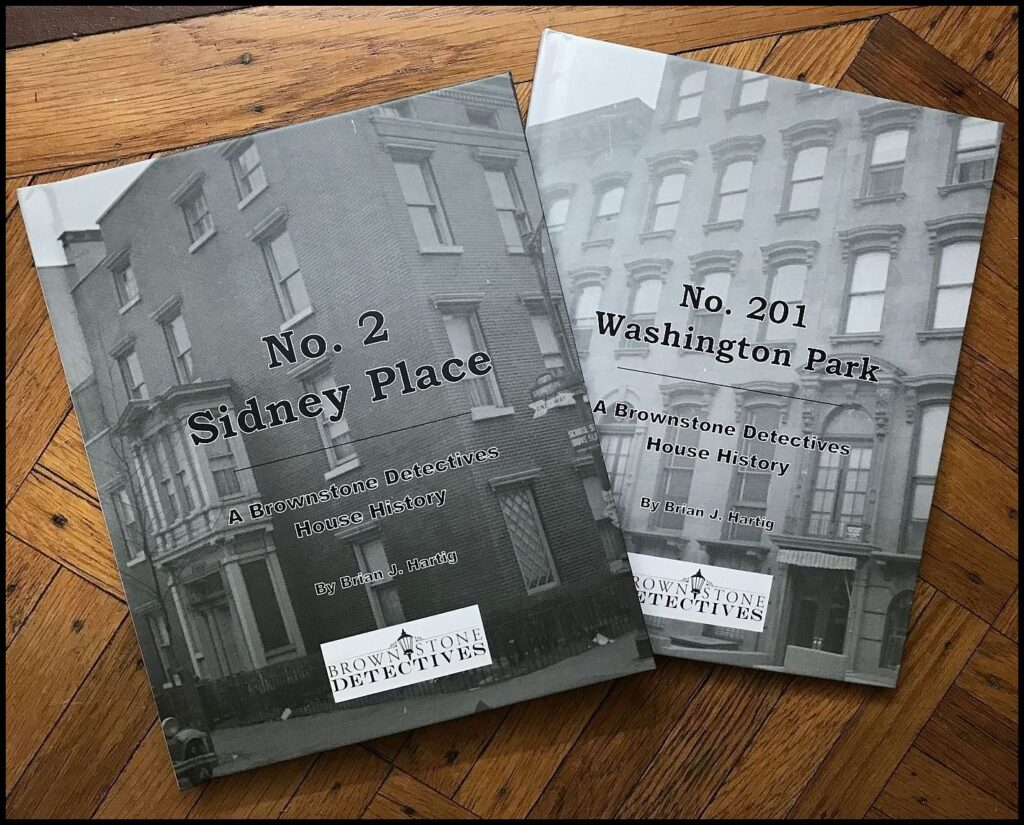 Brownstone Detectives is an historic property research agency. Our mission is to document and save the histories of our clients’ homes. From our research, we produce our celebrated House History Books and House History Reports. Contact us today to begin discovering the history of your home.
Brownstone Detectives is an historic property research agency. Our mission is to document and save the histories of our clients’ homes. From our research, we produce our celebrated House History Books and House History Reports. Contact us today to begin discovering the history of your home.